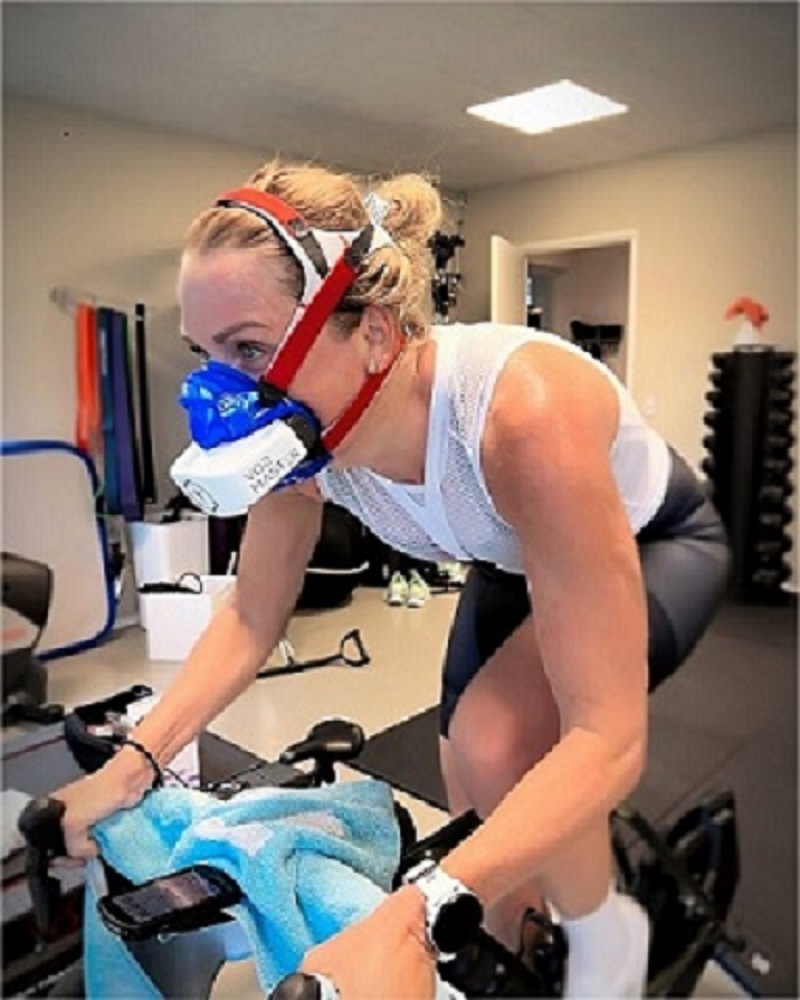When it comes to evaluating cardiovascular fitness, few metrics provide as much insight as the test VO2 max. This test measures your body's ability to use oxygen during intense physical activity and is often considered the gold standard for assessing aerobic capacity. Whether you're an athlete looking to improve performance, a fitness enthusiast striving to understand your fitness level, or simply interested in knowing how efficiently your cardiovascular system works, the VO2 max test offers valuable information. Let’s take a deep dive into what the VO2 max test involves, how it can benefit you, and why it’s important for your overall fitness.
What is the VO2 Max Test?
The VO2 max test is designed to measure the maximum oxygen uptake—the highest amount of oxygen your body can consume and utilize during intense exercise. The term "VO2" refers to the volume of oxygen used by your body, while "max" indicates the highest level of oxygen uptake your body can sustain during exertion.
This test is typically performed while you’re engaged in progressively harder exercise on a treadmill, stationary bike, or rowing machine. As the intensity of the exercise increases, your oxygen consumption is measured using a mask or mouthpiece that monitors the air you inhale and exhale. When you reach your maximum capacity to use oxygen and can no longer continue, the test ends, and your VO2 max value is recorded.
Why is VO2 Max Important?
VO2 max is widely regarded as the best measure of aerobic fitness, and it’s important for several reasons:VO2 max directly correlates with endurance capacity. The more oxygen your body can use during exercise, the longer and harder you can sustain physical activity. For athletes, especially those in endurance sports like running, cycling, or swimming, a high VO2 max means the ability to perform at higher intensities for longer durations.VO2 max is a reliable indicator of heart and lung function. A higher VO2 max reflects a healthier cardiovascular system, as it indicates that your heart and lungs are efficiently delivering oxygen to your muscles. Research shows that individuals with higher VO2 max levels tend to have a lower risk of cardiovascular diseases, stroke, and other chronic conditions.The VO2 max test provides a clear understanding of your current fitness level. It’s a valuable benchmark for determining where you stand in terms of aerobic capacity and helps you track improvements over time. Whether you’re starting a fitness journey or training for an event, knowing your VO2 max can help you understand the efficacy of your workouts and adjust your training to achieve your fitness goals.A higher VO2 max means your body is better equipped to manage fatigue during prolonged or intense physical activities. It also contributes to faster recovery times, as your body can return to a rested state more quickly after exertion.By understanding your VO2 max, you can design more effective and tailored training programs. For example, if your VO2 max is low, you might focus on increasing your aerobic endurance, while if it's already high, you could incorporate advanced training techniques like interval training to continue improving.
Factors That Influence VO2 Max
Several factors influence your VO2 max, some of which are controllable, and others that are not:VO2 max tends to decline with age, typically starting around the age of 30. However, regular exercise can help slow this decline and even improve VO2 max at older ages.Men typically have higher VO2 max values than women. This is due to differences in muscle mass, cardiovascular capacity, and hemoglobin levels, which affect oxygen transport.Genetics plays a significant role in determining baseline VO2 max and the extent to which you can improve it with training. Some individuals are naturally predisposed to higher VO2 max values.Endurance training—especially aerobic exercises like running, cycling, and swimming—can significantly improve your VO2 max. High-intensity interval training (HIIT) and long-duration steady-state workouts are particularly effective.Certain health conditions, such as cardiovascular disease, respiratory issues, or obesity, can lower VO2 max. Conversely, improving your health through exercise and lifestyle changes can increase it.Training at high altitudes can boost VO2 max by increasing red blood cell production and enhancing the oxygen-carrying capacity of your blood. However, VO2 max can temporarily be lower at higher altitudes due to lower oxygen availability.
How to Improve Your VO2 Max
Consistent aerobic exercise—such as jogging, cycling, swimming, or rowing—helps build cardiovascular efficiency, which improves VO2 max. Longer-duration activities at a moderate intensity are great for gradually enhancing your aerobic capacity.HIIT, which alternates between short bursts of intense effort and periods of recovery, is one of the most effective ways to improve VO2 max. This type of training challenges both your aerobic and anaerobic systems, leading to significant cardiovascular improvements.Gradually increasing the intensity, duration, or frequency of your workouts ensures that your body continues to adapt. This principle of progressive overload is essential for maximizing VO2 max improvements.Tempo workouts, where you exercise just below your lactate threshold (the point at which lactic acid builds up), help improve endurance and VO2 max. These efforts help your body become more efficient at clearing lactic acid, allowing you to perform at higher intensities for longer.Though primarily focused on building muscle, strength training can also contribute to VO2 max improvements by increasing overall muscular endurance, reducing oxygen consumption during exercise, and improving efficiency in aerobic movements.
Conclusion
The VO2 max test is a highly valuable tool for measuring your aerobic capacity and understanding your cardiovascular fitness. Whether you're a professional athlete or someone simply interested in improving your fitness, knowing your VO2 max gives you key insights into how your body responds to exercise. With consistent training, you can enhance your VO2 max, improve endurance, and reduce fatigue, leading to better overall performance and health. Regular testing allows you to monitor progress and adjust your training program to achieve your fitness goals. Understanding your VO2 max isn't just about measuring your current level; it’s about optimizing your potential and pushing the boundaries of your endurance.





Comments